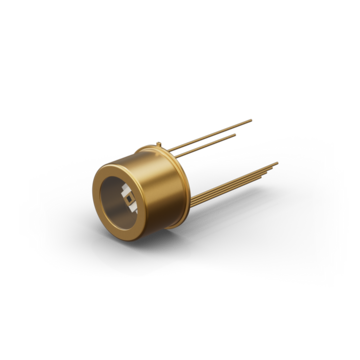The resistance of photoconductive detectors depends on the incident light. PbSe has a particularly strong inner photoelectric effect: When infrared light reaches the lead selenide detector, the resistance is reduced. The detectors can be used uncooled at a wavelength of up to 4.7 µm. At room temperature, they exhibit a detectivity D* of greater than 1010. At low temperatures, they achieve an even higher performance level; in addition, the wavelength shifts to 5.2 µm.
PbSe photodetectors feature a good price-to-performance ratio at a high sensitivity and a good time constant.
Application Fields
PbSe detectors react very quickly and are thus particularly well suited for high-speed applications, such as, for example, the detection of hot spots. They are also used in medical gas analysis (CO2 measurements), emissions measurements in the industrial field and the automobile industry, and in the measurement of moisture and hydrocarbons.
PB45/50/55 – LASER COMPONENTS’ PbSe Detectors
Lead selenide detectors are manufactured by the Laser Components Detector Group in the U.S.A. (i.e., in Arizona). The standard size of PbSe chips is 2 mm x 2 mm for all detector models. Other dimensions are available upon request.
PB45 is the uncooled series that detects radiation with a wavelength of between 1 µm and 4.7 µm.
PB50 refers to lead selenide detectors with Peltier cooling as low as -20°C and -30°C.
In the PB55 series, a Peltier cooling as low as -45°C is integrated.
Our IR Detectors
Panchromatic, photoconductive and thermal detectors
InGaAs PIN Photodiodes
Modern InGaAs PIN photodiodes are panchromatic and convert broadband light to photocurrents in the Visible-NIR range. Concretely speaking, this means a sensitivity range from 500 nm to 1700 nm for regular InGaAs and – in increments – up to 2600 nm for extended InGaAs.
PbS and PbSe Detectors
PbS is a standard Short-Wave Infrared (SWIR) semiconductor detector (1 - 3.3 µm) whereas PbSe is used in the Mid-Wave Infrared (MWIR) range (1 - 4.7 µm when uncooled; up to 5.2 µm when cooled). Our PbS and PbSe detectors are photoconductive; the detector resistance is reduced during illumination. The crystal structure is polycrystalline and is produced via chemical deposition.
Pyroelectric IR Detectors
A pyroelectric IR detector is a thermal detector in that it responds to the change in heat (IR) absorbed on its surface. Thermal detectors are polychromatic with a very wide spectral bandwidth.
The nature of the pyroelectric effect is that in a highly-ordered crystal (or ceramic), a temperature change in the element causes its atoms to move slightly out of position. This rearranges its electrical charge, which is measured in the electrodes on its surface.
The pyroelectric effect is found in many materials. The most commonly-used materials are deuterated lanthanum α alanine-doped triglycine sulfate (DLaTGS) and lithium tantalate (LTO).

What is Your Challenge?
Beyond Borders


LASER COMPONENTS (UK) Ltd.
News & Events
from the infrared world

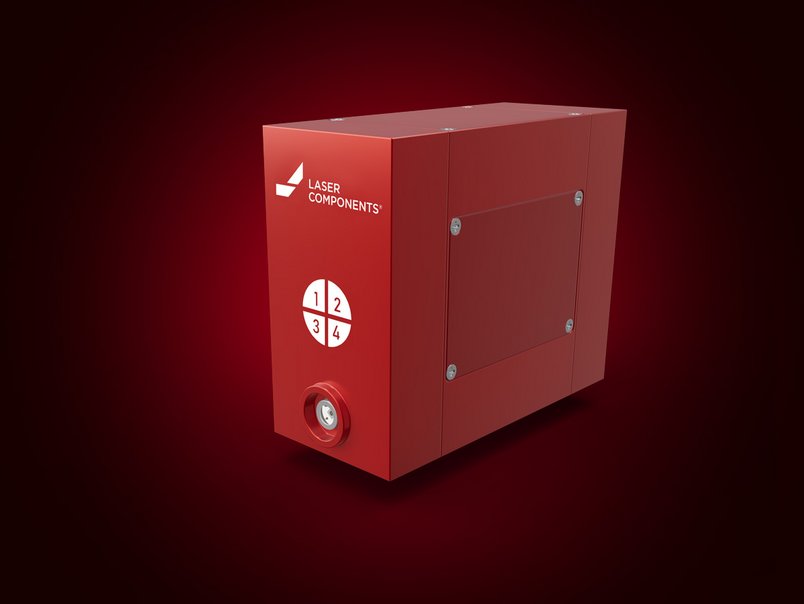

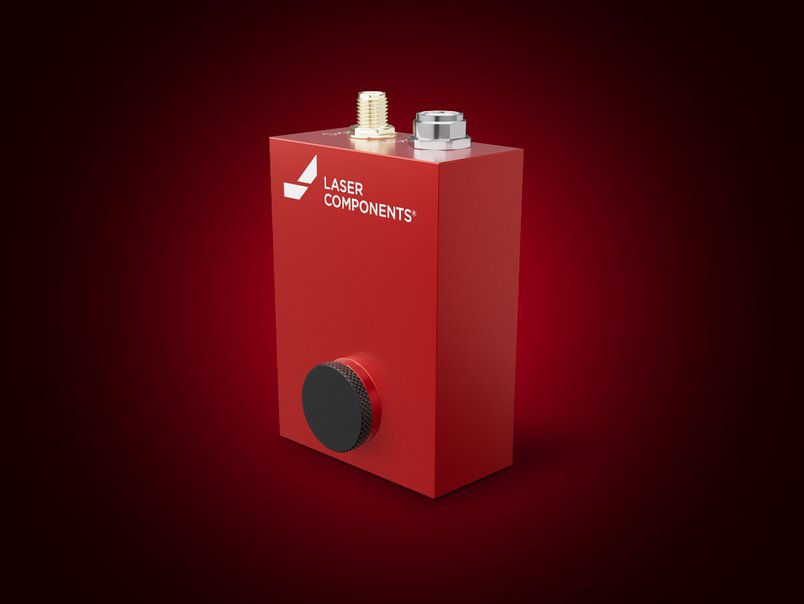

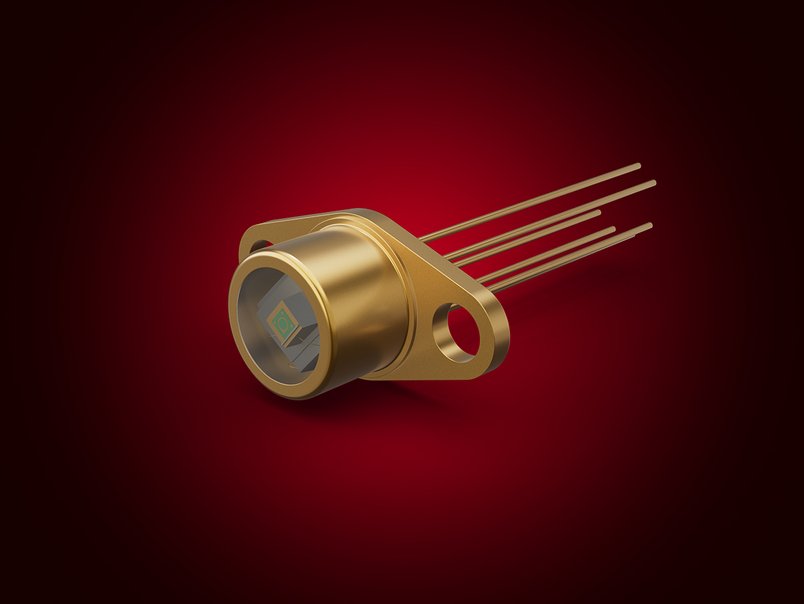

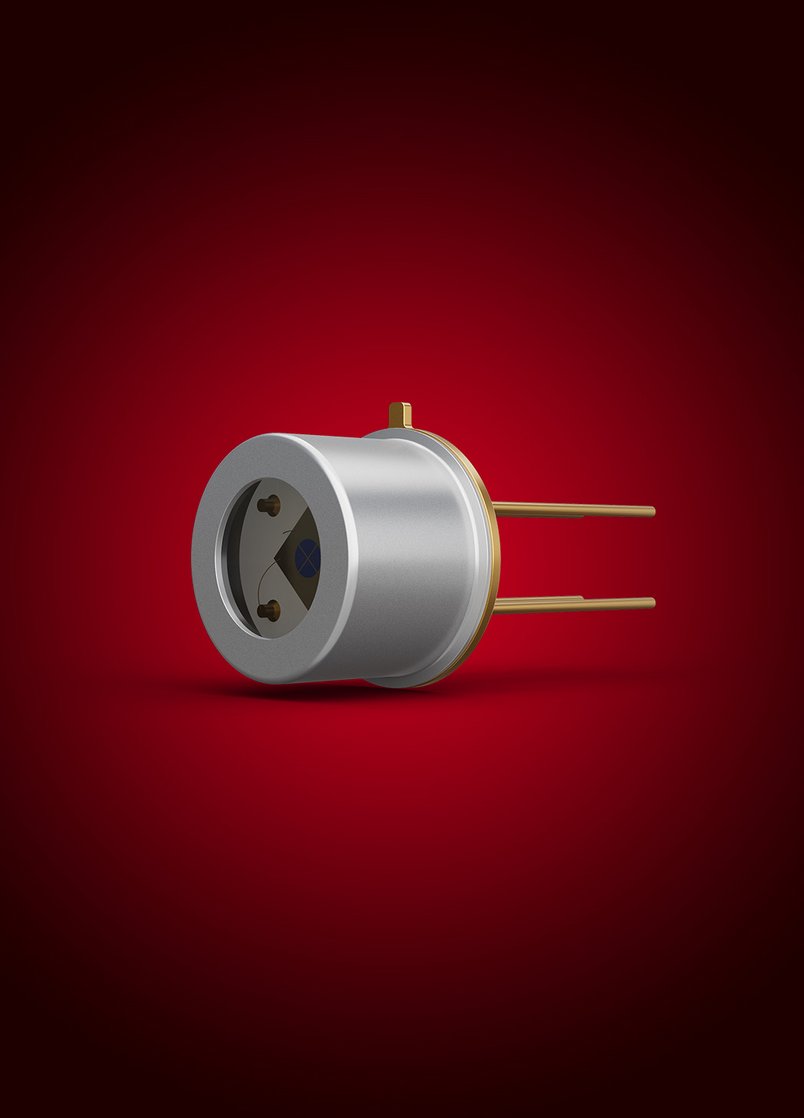

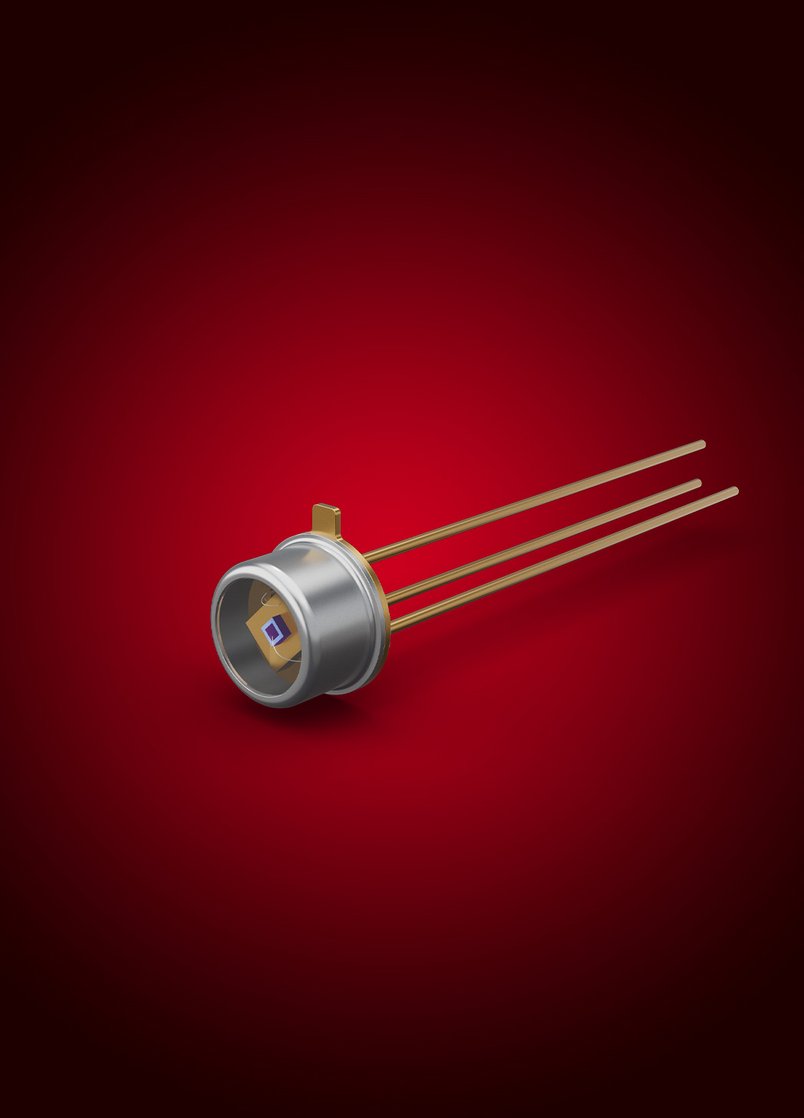

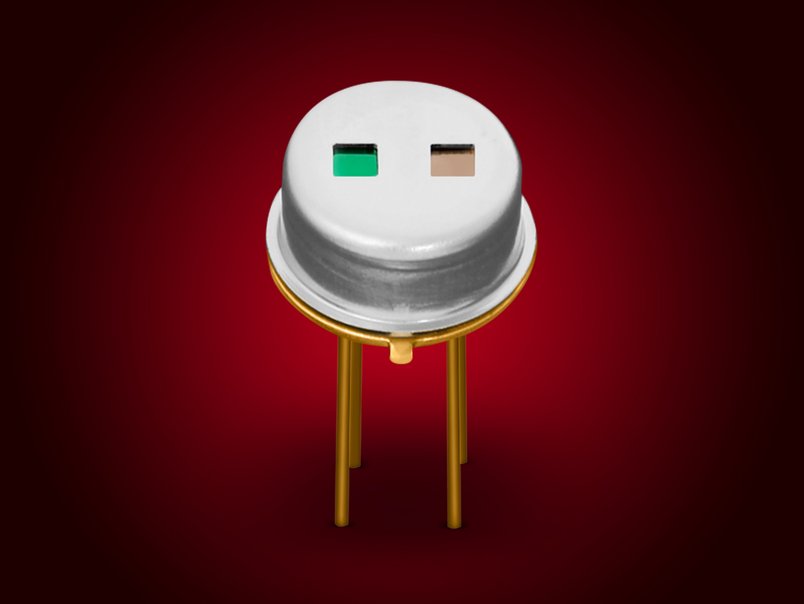










LASER COMPONENTS UK - Your competent partner for optical and optoelectronic components in the United Kingdom.
Welcome to LASER COMPONENTS UK Ltd., your expert for photonics components. Each product in our wide range of detectors, laser diodes, laser modules, optics, fiber optics, and more is worth every Pound (£/GBP). Our customized solutions cover all conceivable areas of application: from sensor technology to medical technology. You can reach us here:
Goldlay House, 114 Parkway
Chelmsford Essex CM2 7PR
United Kingdom
Phone: +44 1245 491 499
Email: info(at)

